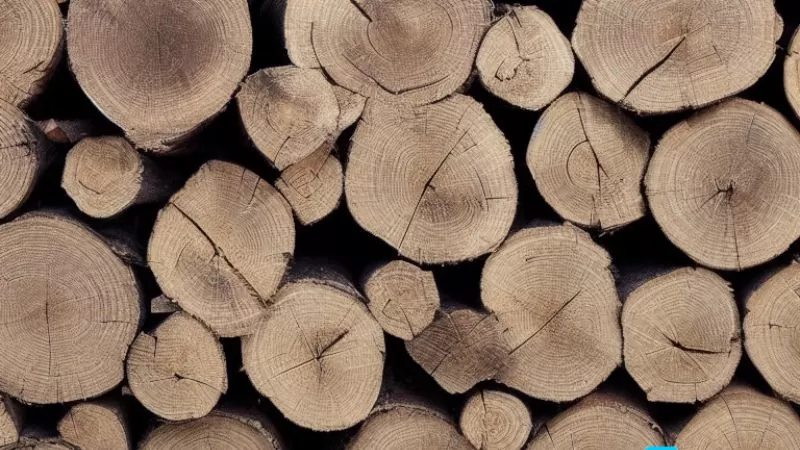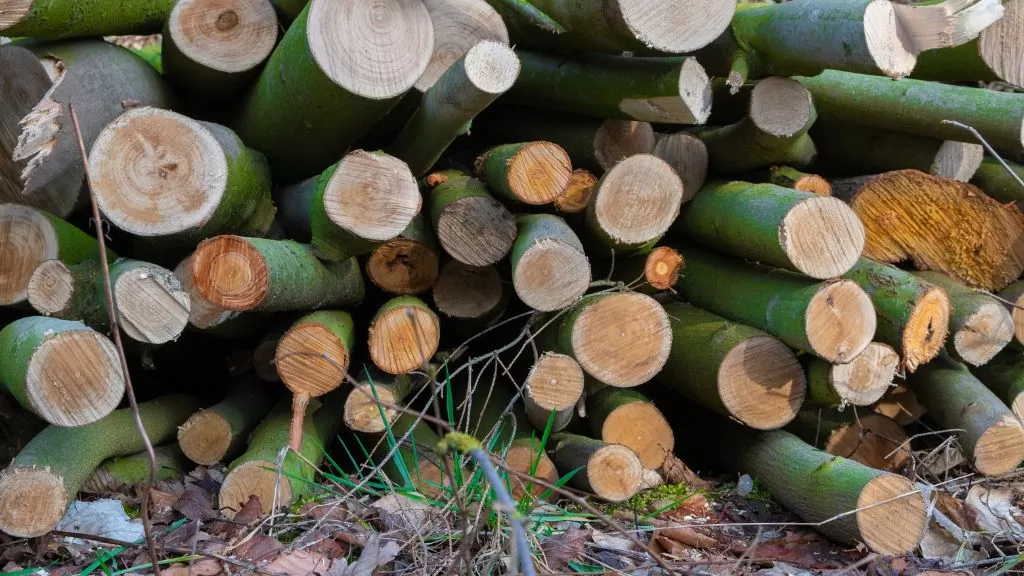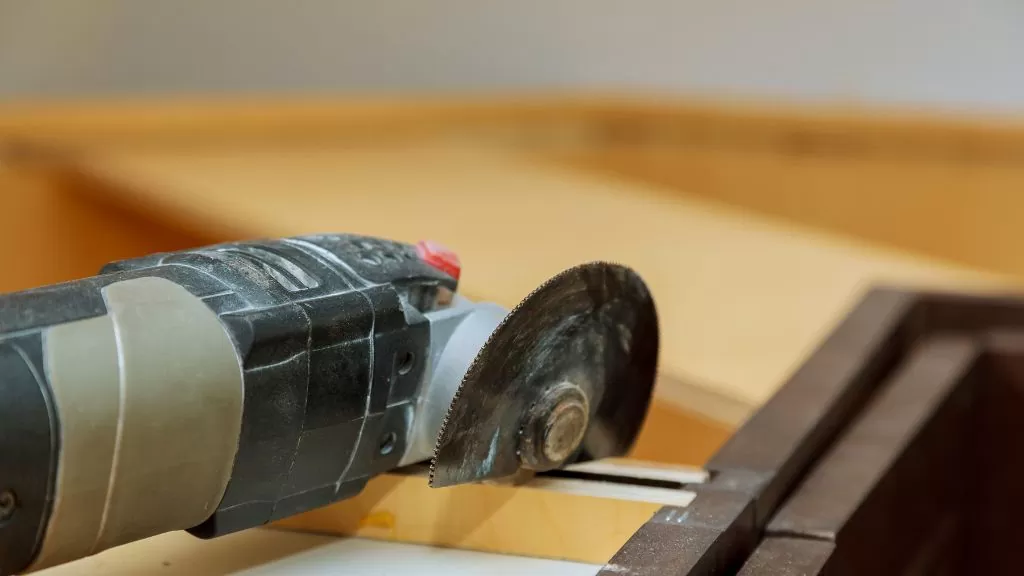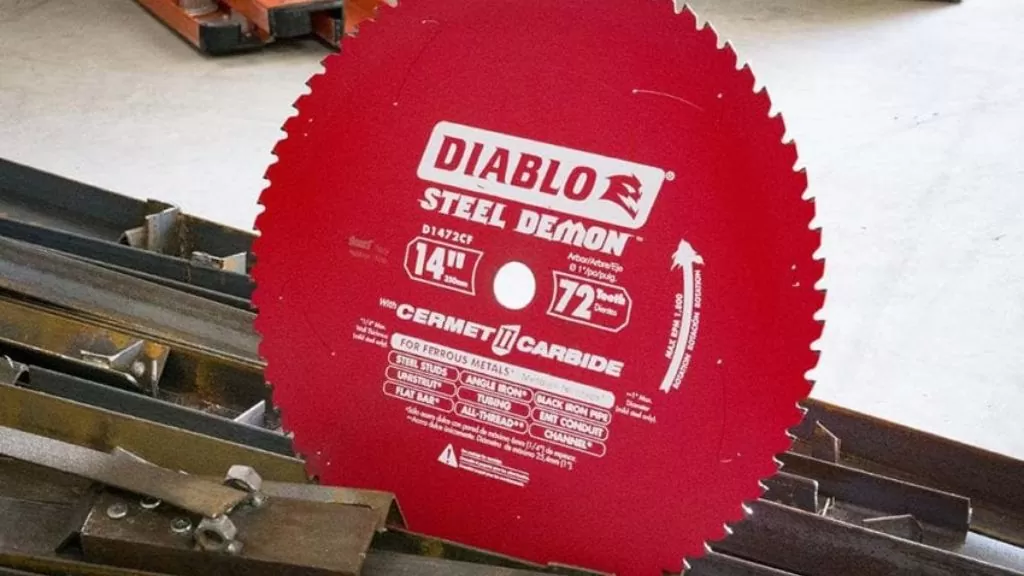Seeing those black and white spots accompanied by every other color appear on the timber you’ve stored can be irritating. Mold not only damages your wood and discolors it, but the spores are also a hazard to the environment.
Dealing with this biological agent of deterioration can be challenging. But preventing its infestation will make your wood more durable, and you could also protect the environment from pollution.
Below are six tips and methods to prevent mold infestation in your wood.
- Pressure Treatment
- Heat Treatment
- Specific Wood
- Unload Trailers
- Stacking
- Coat Wood With Paint
This article outlines the best preventive measures that you can apply to keep your wood from molding. You can choose to fortify your wood with a combination of any of them. They are simple and easy but essential to keeping your wood mold-free.
Six Tips on How to Prevent your Freshly Cut Wood from Molding
Mold needs three things to survive and is attracted by three things in your wood: oxygen, water, and sugar. And they are found in your wood. Thus to prevent this, you have to take away its food.
You can not do away with the food because it is the wood. But you can remove water and oxygen by keeping your wood from moisture and moist areas. You can also use preservatives to keep mold away. The following tips are preventive measures you can use against mold.

1. Pressure Treatment
This entails forcing preservatives into wood cells to prevent decay, insect infestation, and different types of bacteria and fungi like mold that love to feed on the wood. This preventive method is a unique process that ensures the chemicals are embedded deep into the cellular structure of the wood, thereby making it durable.
This method can extend the life of freshly cut wood for up to 20- 25 years, depending on how long you would like to store it before use. Also, it is pretty straightforward.
An industrial vacuum removes air from the wood and places it in an airtight steel cylinder. The cylinder is then flooded with preservatives. The increased pressure forces the chemicals into the wood until it’s deeply seated in the lumen. This way, the preservatives are a barrier between the wood and the mold.
Pressure treatment is considered the most effective method to increase and preserve the service life of the wood. Compared to other non-pressure processes, it has the advantage of deep penetration into the wood core and is more easily controlled and regulated.
2. Heat Treatment
You can also expose your wood to heat pressure to kill mold fungi that have an appetite for it. Heat treatment is a sterilization process that is highly regulated. Nevertheless, it is an excellent preventive measure against mold.
This method exposes your wood to high heat in a kiln until the internal temperature is about 133°F. It differs from Kiln drying such that in the latter, the wood is placed in the Kiln at a lower temperature for extended periods. The heat treatment takes a shorter time because the primary purpose is to sterilize the wood and rid it of organisms that will cause harm to it in the future. Therefore, heat treatment is not a long-term process.
It will indeed prevent the wood from molding, but it is not ideal for long-term storage. So even if you have used this preventive method, it will be more helpful if you can fortify it with another process.
3. Specific Wood
If you do not want to go through the hassle of pressure or heat treatments, choosing wood is an essential factor to consider in preventing mold infestation. You can be pre-emptive in making your choice by using wood that is naturally mold resistant.
These are naturally bio-durable woods that can be used without adding synthetic chemicals or preservatives.
Tropical woods such as iroko, oak, pine sapwood, and maçaranduba are durable. Results of studies carried out by the Technical University of Zvolen on mold resistance in some tropical woods showed that mold growth was minimal on the surfaces such as Merbau, Bubinga, doussié, and Macassar ebony.
These wood are barely affected by mold; even if infested, the damage is minimal, so your wood remains intact. This is a good tip, especially if you live in the tropics.
4. Unloading Trailers
As earlier said, mold thrives in moist areas, and the trailers you use to transport these woods are a good breeding space for mold. Therefore, an excellent tip to avoid mold infestation on your freshly cut wood would be to unload the trailers as quickly as possible. Prolonged stay in those vehicles will be an invitation to mold. Therefore, you must unload your trailers as soon as possible and expose the wood to the air.
5. Stacking
Another tip to ensure mold-free wood would be your method of storage. In outdoor storage, stacking without any spacing will not allow air to pass through adequately so it can stay dry and moisture free. Instead, you would want to use stickers and pallets to stack them. Using cooling fans to help in drying will also go a long way.
Also, you should always use a cover when you dry your wood outside. If you are using indoor storage, it is best to create good airflow that will prevent moist conditions which attract mold.
Whether you are drying inside or outside, ensure to keep your wood dry, with good airflow and cool temperatures
6. Coat of Paint
You can prevent your wood from molding by applying a good layer of paint. However, before you take this step, ensure that mold hasn’t set in already. This is because if your wood has begun molding, applying any anti-mold substance will be retrogressive as the mold will continue to eat deep into your wood. This makes it substandard and unfit for whatever purpose you have in mind.
You can purchase a couple of anti-mold chemicals and fungicides that will serve this purpose. But for best practices and safety measures, you should contact an expert to know the best products to use.
Conclusion
Protecting your wood from mold infestation is not a farfetched concept. The preventive methods may vary depending on your location, the purpose of the wood, and the weight of your purse. There aren’t too expensive and non-affordable, but investing in them will save you the trouble of treating mold infestation when you are ready to use the wood.
Well, I hope you found these tips helpful and that you’ve preserved your freshly cut wood and preserved it from molding. Carefully following these steps ensures the best results.

I have always loved sawing and cutting. I started doing it when I was a kid and never stopped. I love the feel of the wood beneath my hands, the smell of the sawdust, and the satisfaction of creating something beautiful.
I’ve been writing for quite some time now and thoroughly enjoy sharing my passion with others. I’ve written for both online and offline publications – such as Amazon and Medium.





